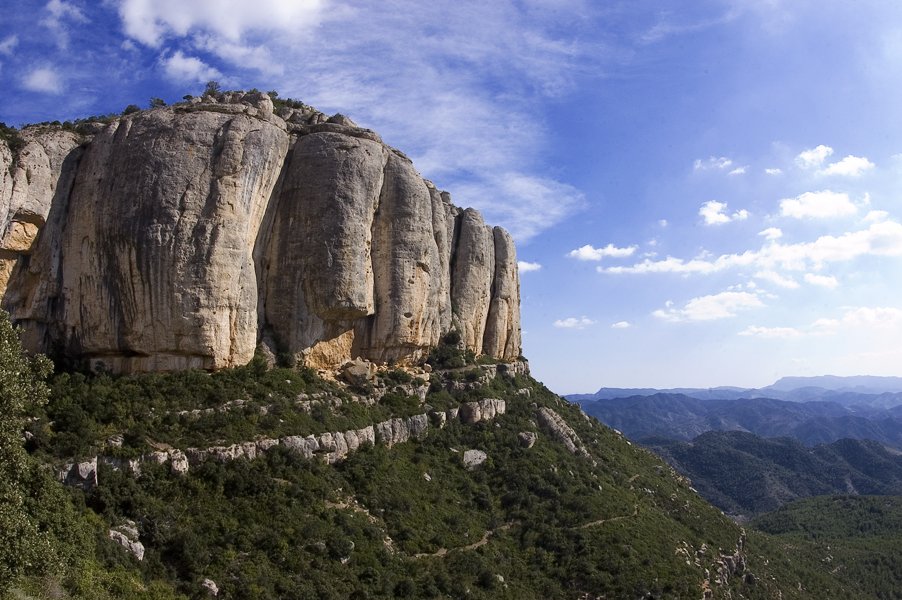The so-called heroic viticulture belongs to some regions whose extreme geographical characteristics (such as steep slopes, which exceed 30% and can reach up to 85%) make working in the vineyard (entirely manual) a very demanding and risky activity.
Known as mountain viticulture, the heroic name indicates the audacity of those who work on such inaccessible terrain (currently, it is estimated that around 5% of the wineries produce wines from heroic viticulture in the world) for whose protection, in 1987, CERVIM is born (Center for Research, Study, Safeguard, Coordination and Enhancement of Mountain Viticulture and steep slopes). An international body which, among other things, establishes the necessary requirements to define a heroic vineyard. The height is one of these (above 500 meters) as is the slope, always greater than 30%. More: manual and non-mechanized work, the use of rare vines, as well as the location of the vineyard on slopes and / or terraces, the use of rare and indigenous vines or the characteristics that may derive from the extreme climatic conditions of each region.
Spain has an important heroic wine culture, spread throughout the Iberian territory.
The Canary Islands are one of the most evocative examples of heroic viticulture with high altitude areas of about 1700 meters above sea level and slopes greater than 30%.
For the full article, click, here.








